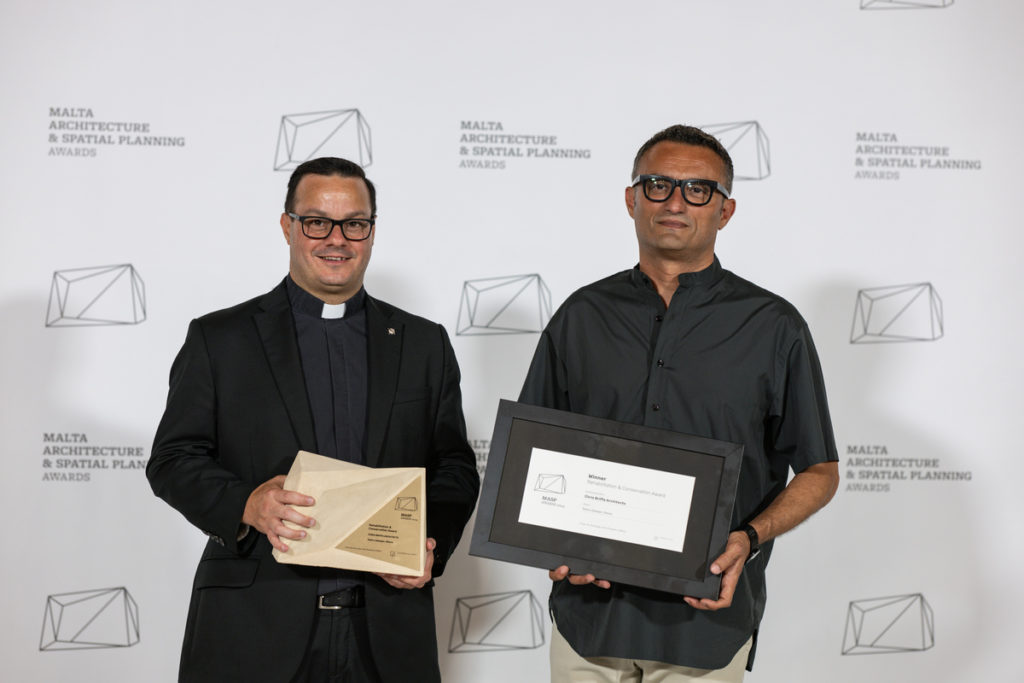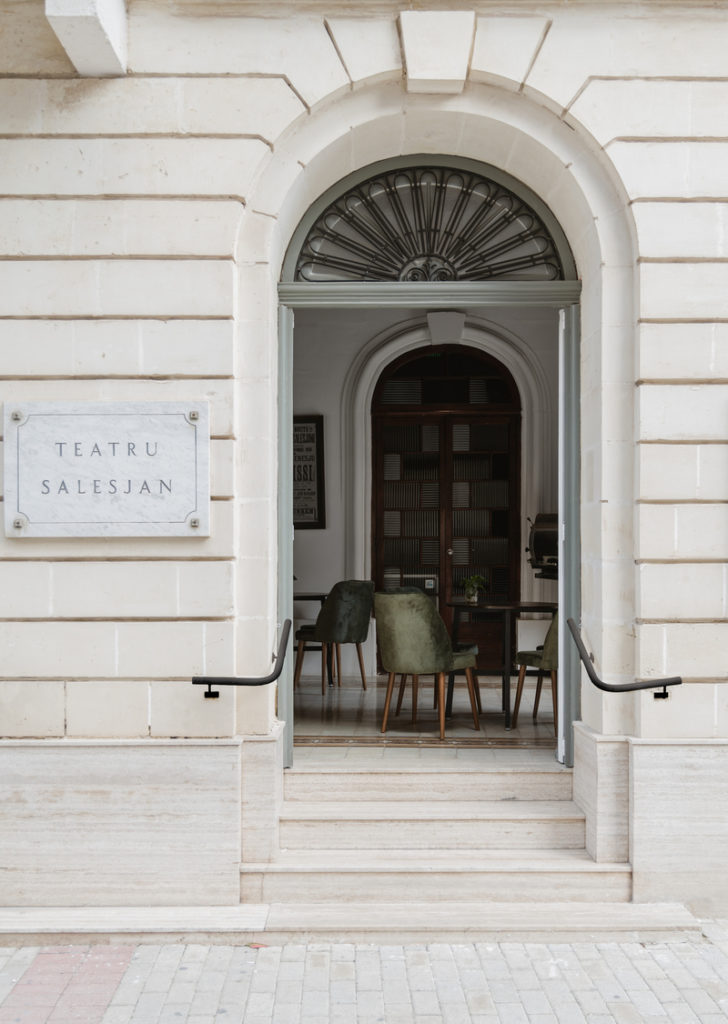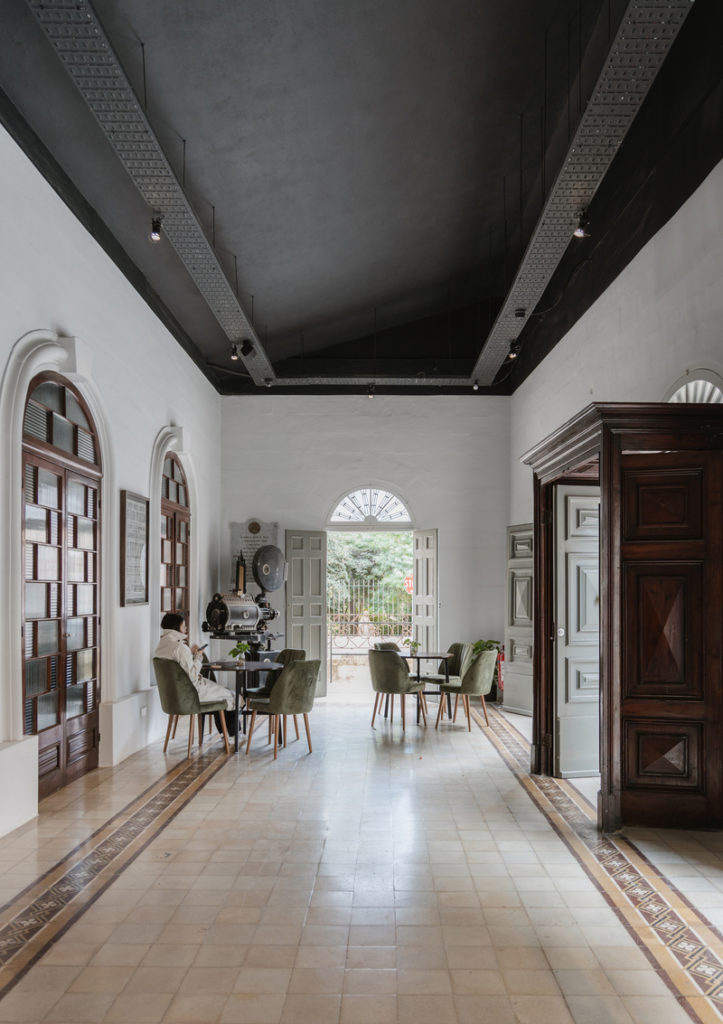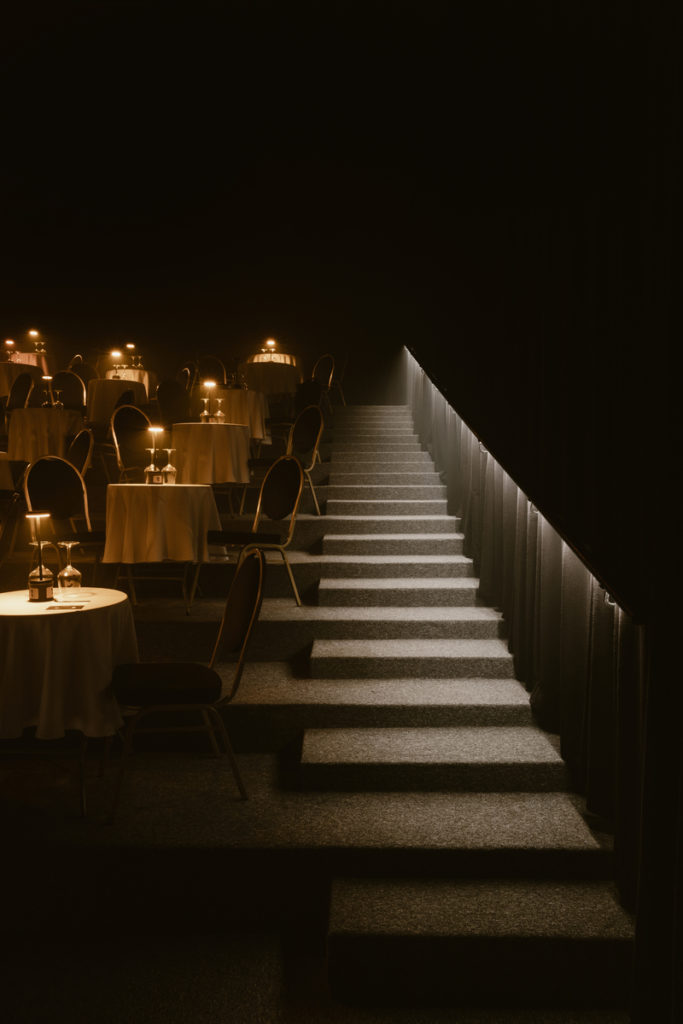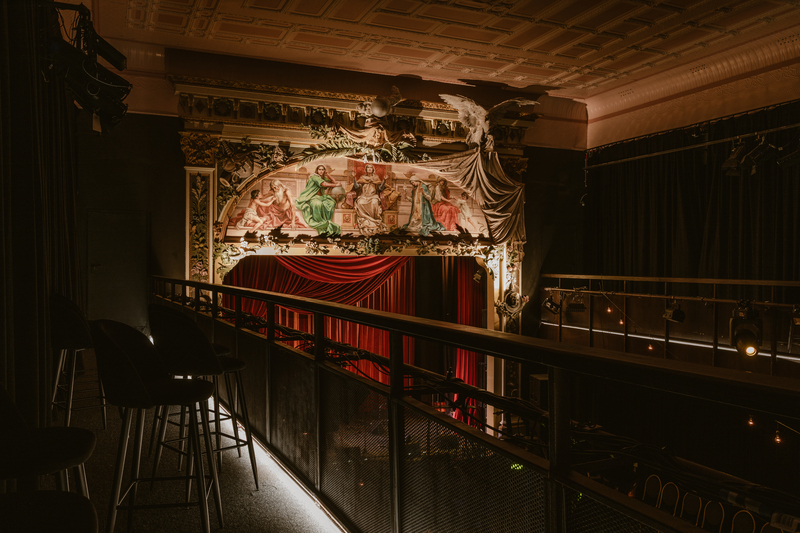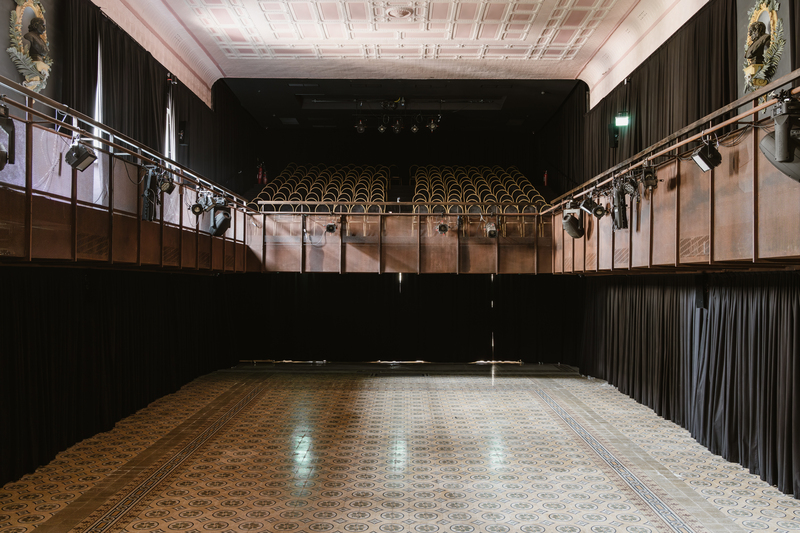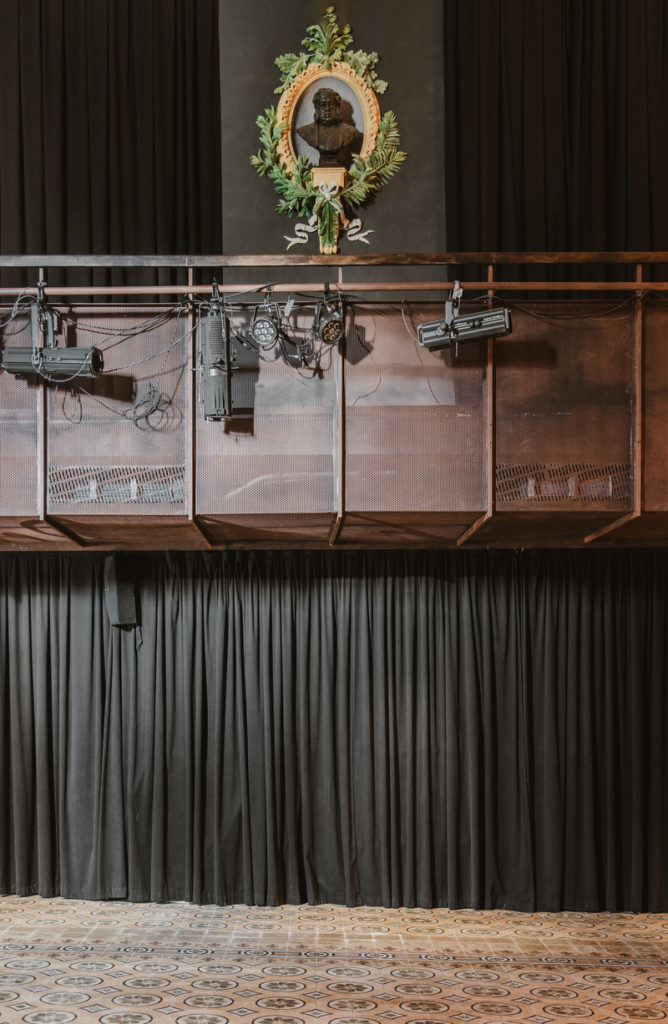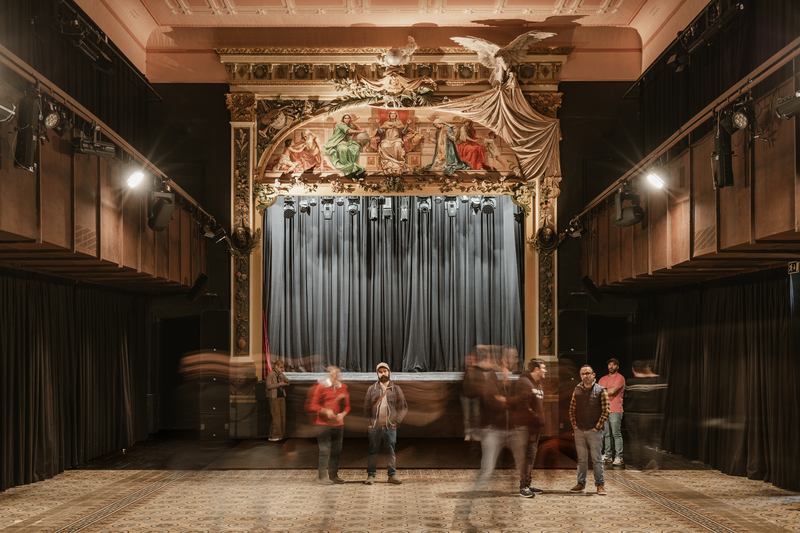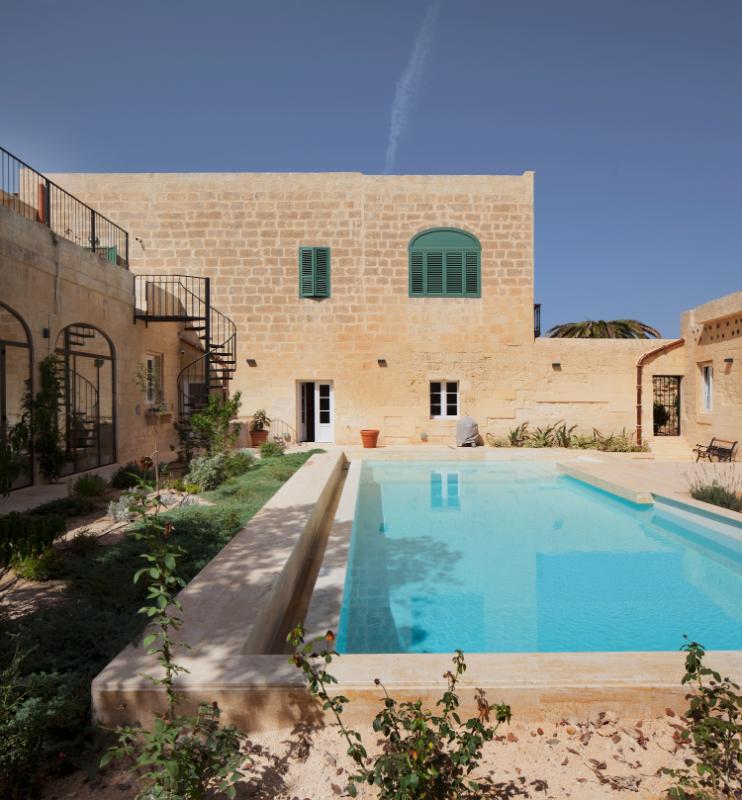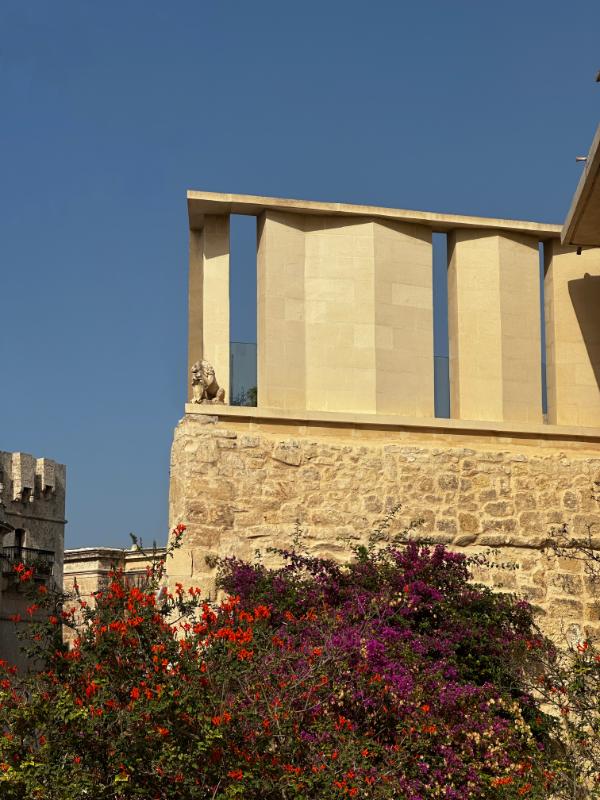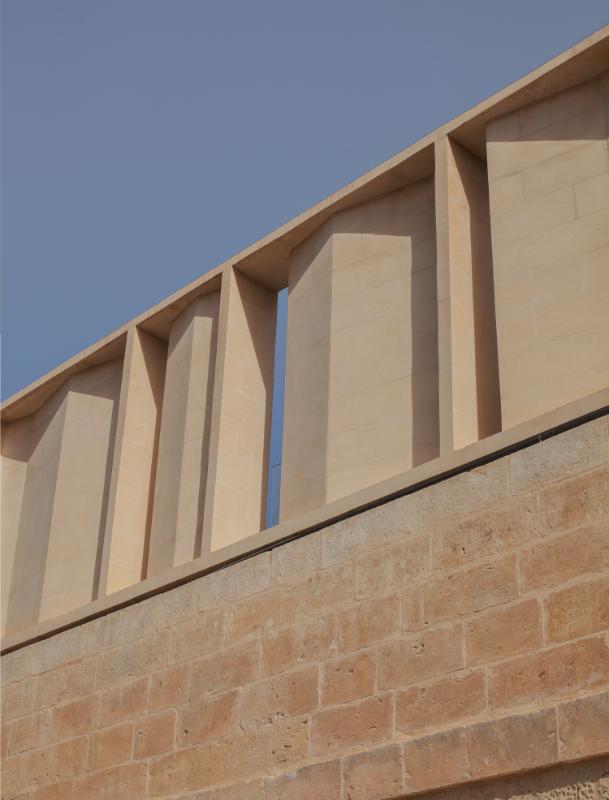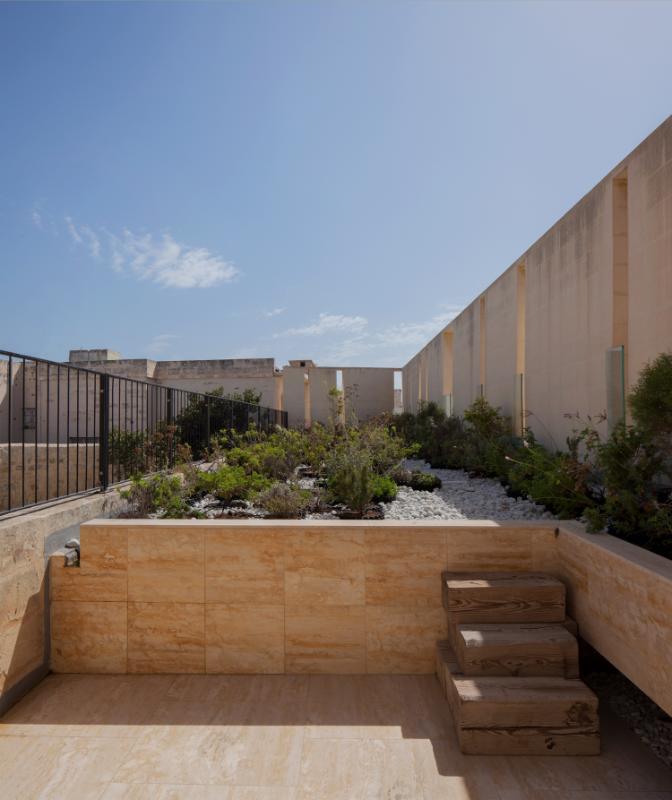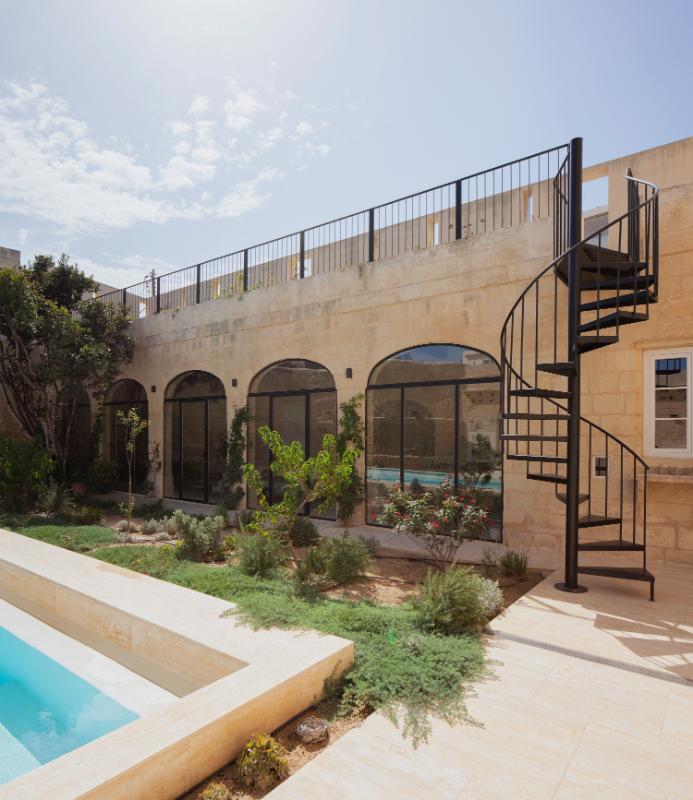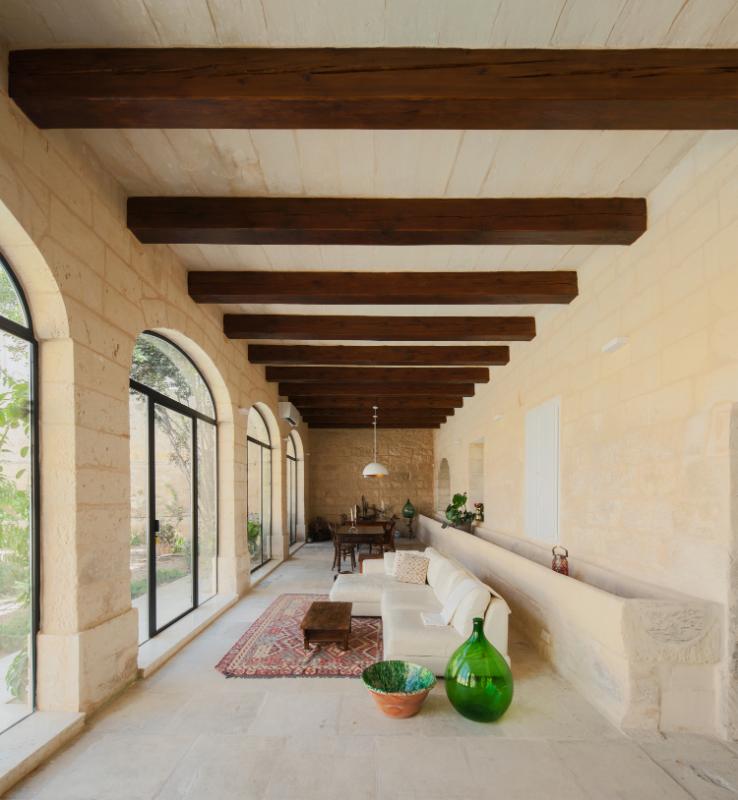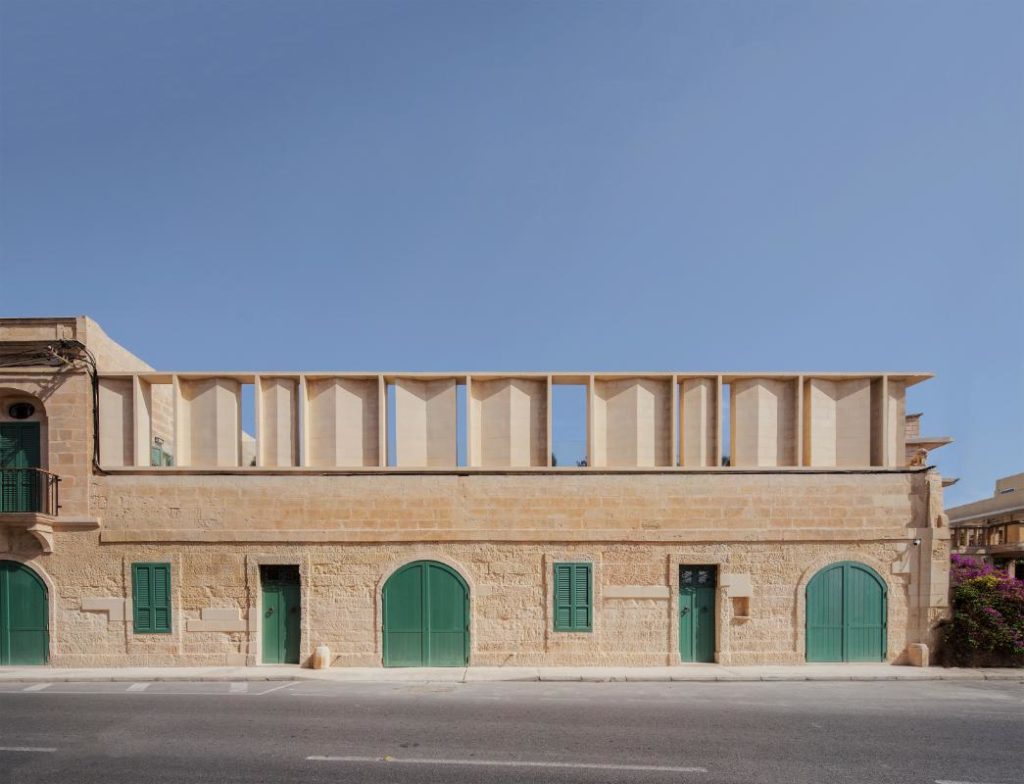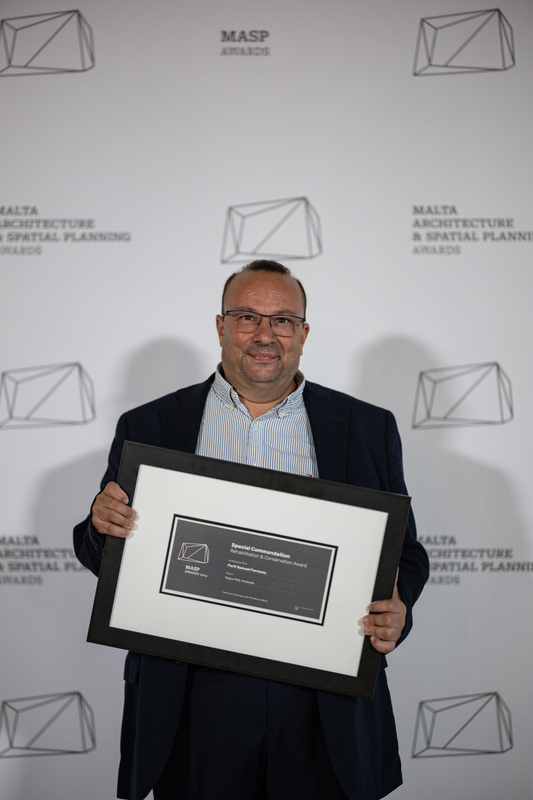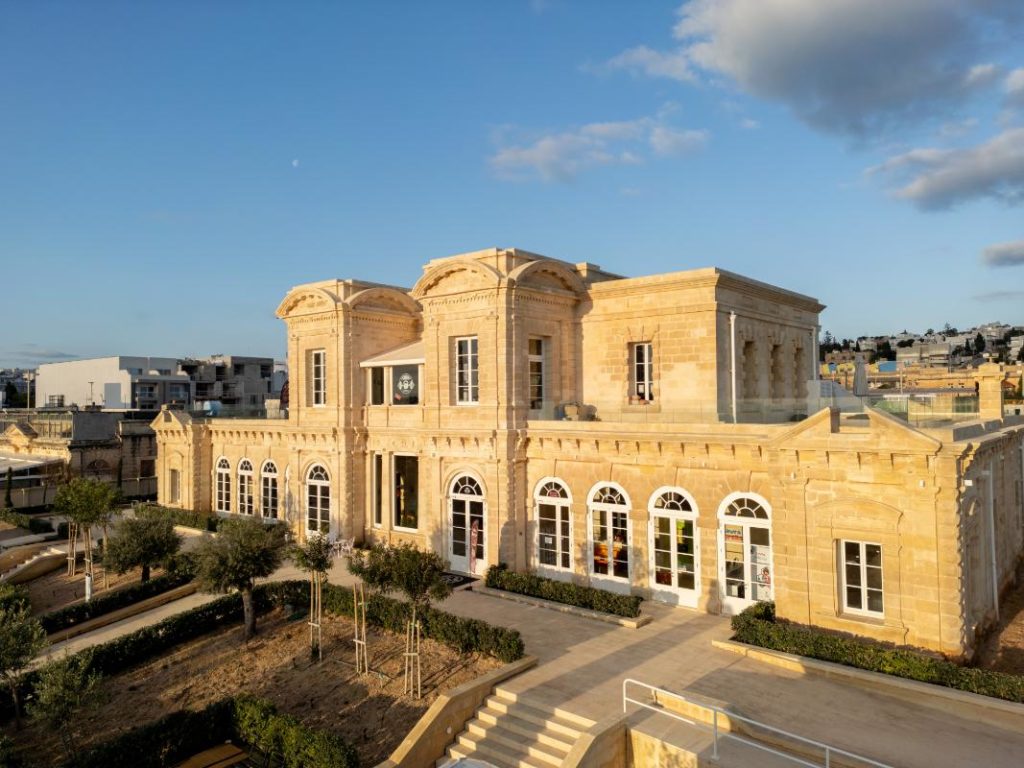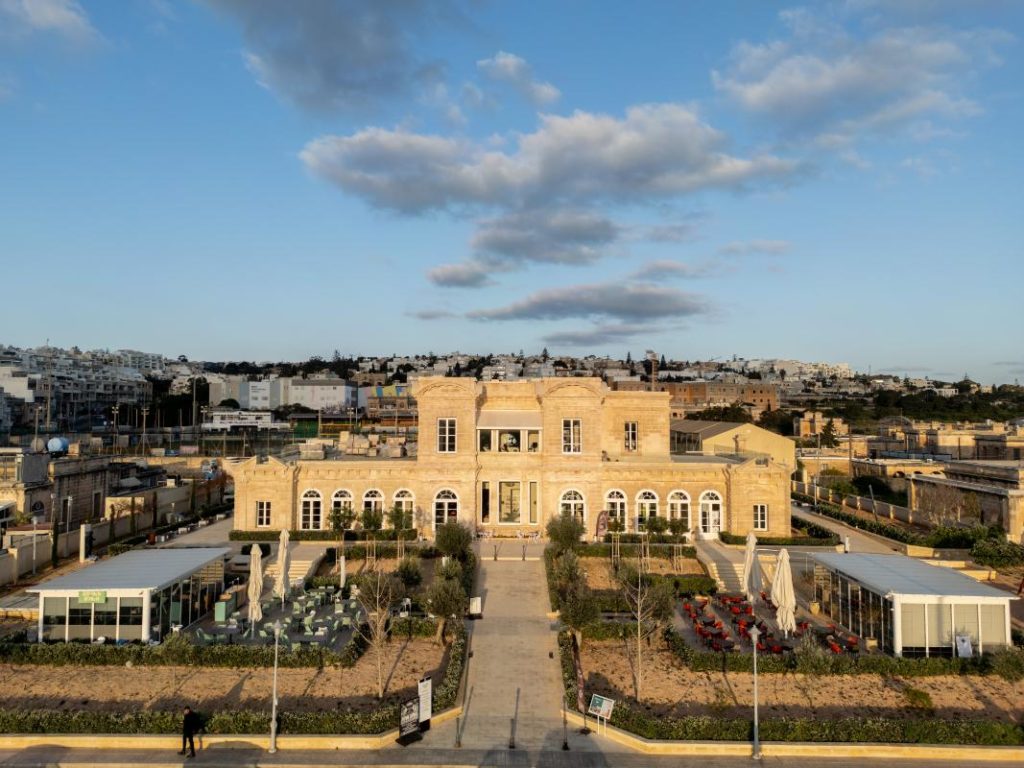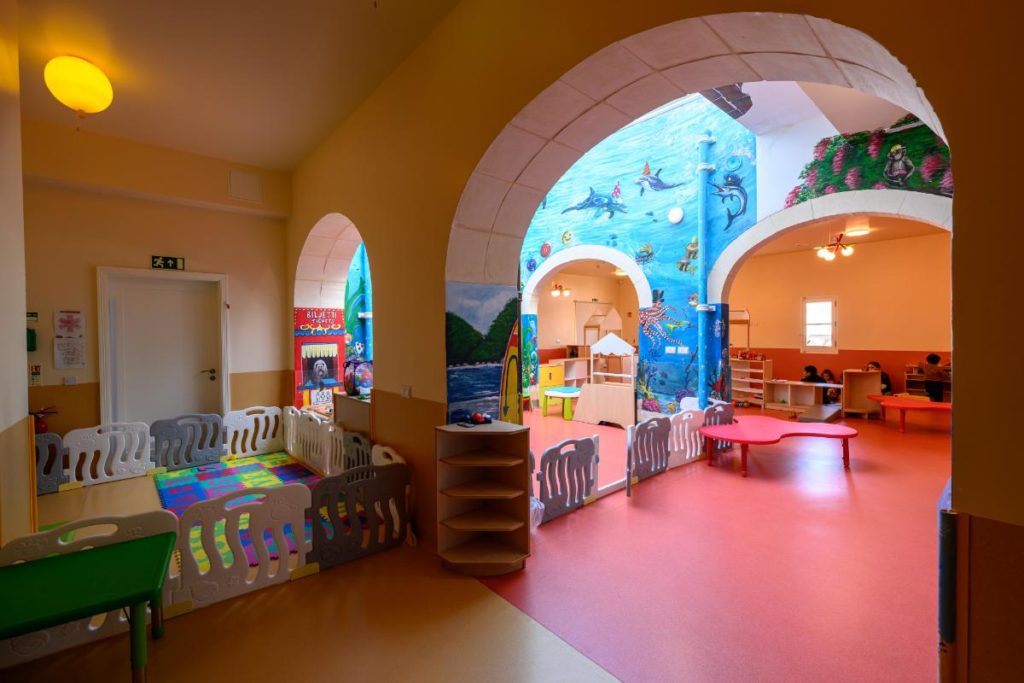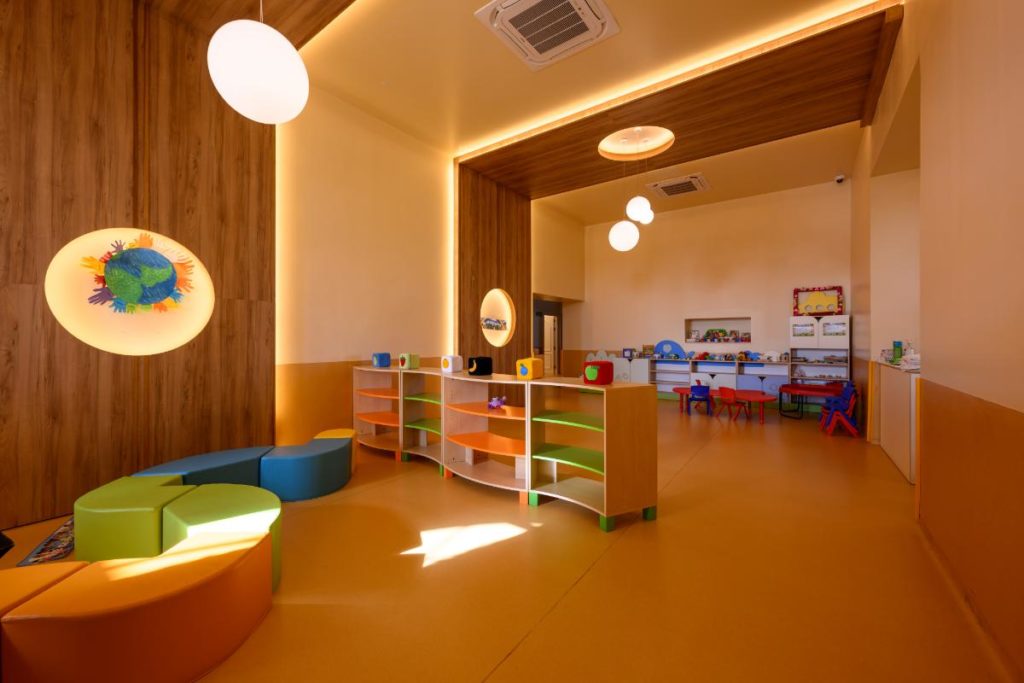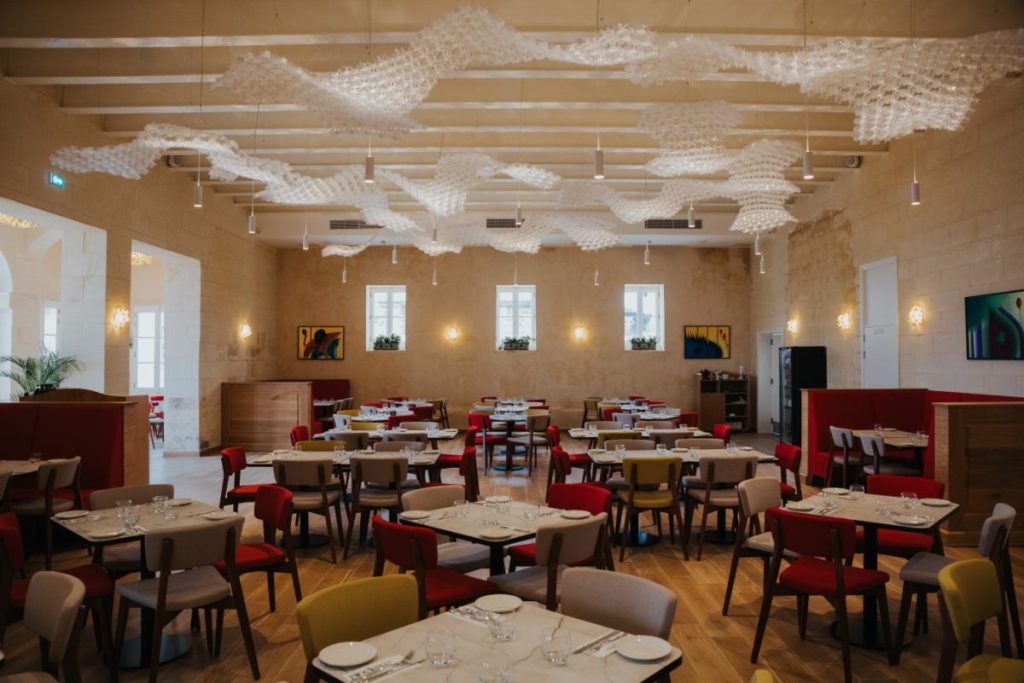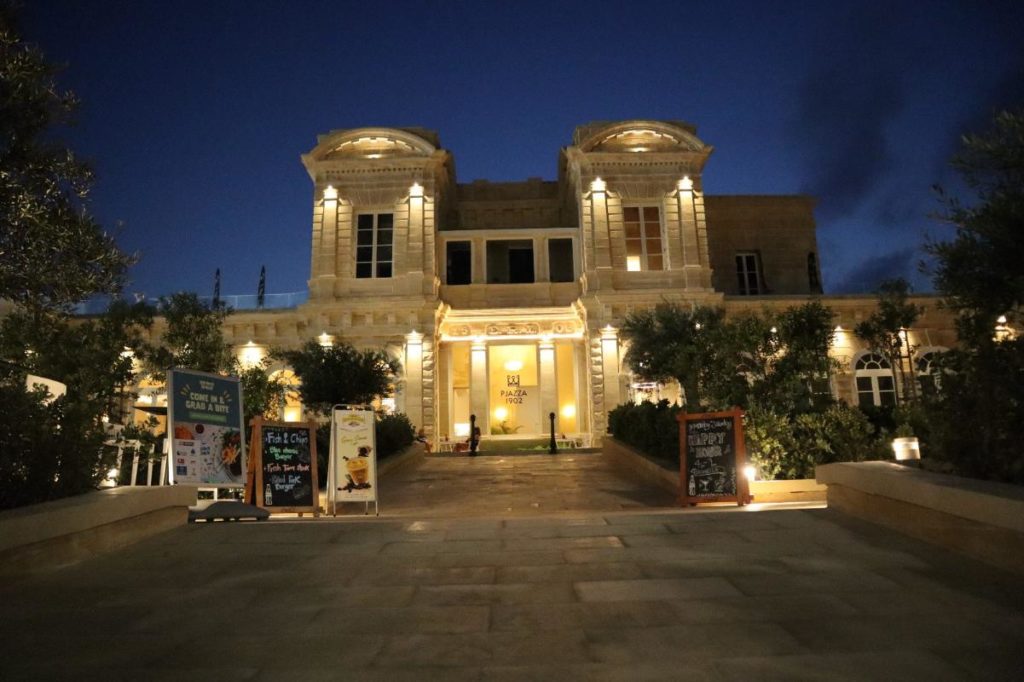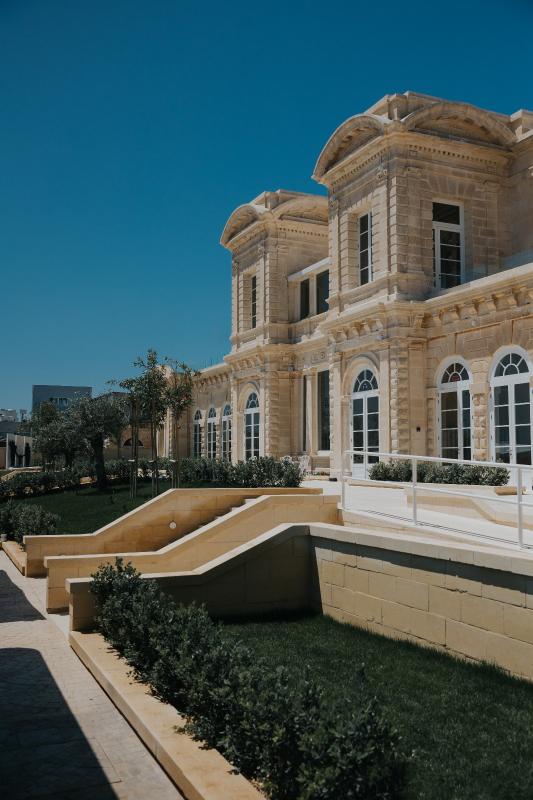Teatru Salesjan
Rehabilitation and Conservation Award Winner 2024
Location
Architectural Firm
Chris Briffa Architects
The refurbishment of Teatru Salesjan masterfully balances historical preservation with modern needs, creating a multi-use space that will ensure its use far into the future. With this project, original architectural elements like ornate detailing, the Giuseppe Calí fresco, and the unique stage layout were meticulously restored, honouring the theatre’s rich legacy. Simultaneously, modern upgrades, including enhanced lighting, improved acoustics, HVAC, and updated safety measures, ensure its continued functionality. The jury also appreciated the flexibility of the space that the project incorporates, thereby safeguarding the theatre’s cultural heritage while revitalizing it as a vibrant community hub, demonstrating that historic buildings can evolve, maintaining their heritage value and serving contemporary purposes.
Special Commendations 2024
Location
Naxxar House
Architectural Firm
AP Valletta
This project involved refurbishing and extending an 18th-century palazzino in Naxxar. Situated just outside the Urban Conservation Area, the house is overshadowed by surrounding high-rise buildings. To address this, a unique crafted stone screen was created. This fixed screen features undulating fins with varied angles and spacing, mimicking the rhythm of the existing ground floor facade and effectively shielding the garden and terrace from neighbouring developments while filtering natural light and creating dynamic light and shadow patterns. The stone’s developing patina will further integrate it with the historic facade, balancing privacy, light, and the site’s historic character.
Location
Pjazza 1902
Architectural Firm
Perit Samuel Formosa
This Grade 1 scheduled building in Pembroke, originally served as a British military structure before becoming the popular Raffles Discotheque. The recent renovation meticulously preserved its original footprint and external shell. Instead of expanding outwards, a basement was excavated to house the kitchen, with careful measures taken to protect the existing elevations. Extensive restoration was also required following fire damage and neglect. A critical challenge involved a fire-damaged cast iron beam; rather than replacing it and disrupting the historic structure, a new concrete support system was introduced to redistribute the load, visibly distinguishing the contemporary intervention while preserving the original.
